当前位置:网站首页>Mysql database basic operation DQL basic query
Mysql database basic operation DQL basic query
2022-07-07 16:03:00 【Dark horse programmer official】
MySQL Strong performance , It is one of the most widely used databases at present , With MySQL For learning the prototype, it is also convenient to master other databases later , Now let's give you Give a comprehensive explanation MySQL8.0 New features , From zero foundation to high-level one-stop learning , Combined with actual cases, we can gain something !
▼ MySQL8.0 introduction - Advanced learning notes :( Summary )
- The first 1 speak :SQL Overview and database system introduction
- The first 2 speak :MySQL brief introduction 、 Detailed installation steps and use
- The first 3 speak :MySQL Common graphics management tools
- The first 4 speak :MySQL Basic operation of database -DDL
- The first 5 speak :MySQL Basic operation of database -DML
- The first 6 speak :MySQL Classification of constraints 、 Function and usage
Catalog
Operator operation - Arithmetic operator
Operator operation - Conditions of the query
Operator operation - Arithmetic operator
Operator operation - An operator
Aggregate query -NULL Value handling
5、 ... and 、 Paging query -limit
Pre knowledge
Concept
- An important function of database management system is data query , Data query should not simply return the data stored in the database , You should also filter the data as needed and determine what format the data is displayed in .
- MySQL Provides powerful functions 、 Flexible statements to implement these operations .
- MySQL Database usage select Statement to query data .
application

Grammar format
select
[all|distinct]
< The expression of the target column 1> [ Alias ],
< The expression of the target column 2> [ Alias ]...
from < Table or view name > [ Alias ],< Table or view name > [ Alias ]...
[where< Conditional expression >]
[group by < Name >
[having < Conditional expression >]]
[order by < Name > [asc|desc]]
[limit < Number or list >];Simplified syntax
select *| Name from surface where Conditions
Data preparation
Create databases and tables :
-- Create database
create database if not exist mydb2;
use mydb2;
-- Create a product list :
create table product(
pid int primary key auto_increment, -- Product id
pname varchar(20) not null , -- Commodity name
price double, -- commodity price
category_id varchar(20) -- Classification of goods
);Add data
insert into product values(null,' Haier washing machine ',5000,'c001');
insert into product values(null,' Midea refrigerator ',3000,'c001');
insert into product values(null,' Gree air conditioning ',5000,'c001');
insert into product values(null,' Jiuyang rice cooker ’,200,'c001');Add data :
insert into product values(null,' Woodpecker shirt ',300,'c002');
insert into product values(null,' Hengyuanxiang trousers ',800,'c002');
insert into product values(null,' Playboy jacket ',440,'c002');
insert into product values(null,' Jinba casual pants ',266,'c002');
insert into product values(null,' Hailan home sweater ',180,'c002');
insert into product values(null,' Jack Jones Sweatpants ',430,'c002');
insert into product values(null,' Lancome cream ',300,'c003');
insert into product values(null,' Estee Lauder essence water ',200,'c003');
insert into product values(null,' Chanel perfume ',350,'c003');
insert into product values(null,'SK-II GHb ',350,'c003');
insert into product values(null,' Shiseido foundation solution ',180,'c003');
insert into product values(null,' Old Beijing instant noodles ',56,'c004');
insert into product values(null,' Liangpin shop kelp silk ',17,'c004');
insert into product values(null,' Three squirrel nuts ',88,null);One 、 Simple query
-- 1. Query all products .
select * from product;
-- 2. Query the product name and price .
select pname,price from product;
-- 3. Alias query . The keywords used are as(as Can be omitted ).
-- 3.1 Table alias :
select * from product as p;
-- 3.2 Column alias :
select pname as pn from product;
-- 4. Remove the repetition value .
select distinct price from product;
-- 5. The query result is an expression ( Arithmetic query ): Put the price of all the goods +10 Yuan to display .
select pname,price+10 from product;Operator
brief introduction
After the table structure in the database is established , The meaning of the data in the table has been determined . adopt MySQL Operator to operate , You can get another kind of data besides the table structure .
for example , There is one in the student table birth Field , This field represents the year the student was born . And use MySQL The arithmetic operator subtracts the year the student was born from the current year , So what we get is the actual age data of this student .
MySQL Support 4 Operator
- Arithmetic operator
- Comparison operator
- Logical operators
- An operator
1、 Arithmetic operator

2、 Comparison operator

3、 Logical operators

4、 An operator

Bit operators are operators that evaluate on binary numbers . Bit operations first convert operands into binary numbers , Do bit operations . Then change the result from binary to decimal .
Operator operation - Arithmetic operator
select 6 + 2;
select 6 - 2;
select 6 * 2;
select 6 / 2;
select 6 % 2;
-- Add... To the price of each item 10
select name,price + 10 as new_price from product;
-- Raise the price of all goods 10%
select pname,price * 1.1 as new_price from product;Operator operation - Conditions of the query
-- The product name is “ Haier washing machine ” All information about our products :
select * from product where pname = ' Haier washing machine ';
-- The inquiry price is 800 goods
select * from product where price = 800;
-- Inquiry price is not 800 All of our products
select * from product where price != 800;
select * from product where price <> 800;
select * from product where not(price = 800);
-- The inquiry commodity price is greater than 60 All the product information of yuan
select * from product where price > 60;
-- Inquire about the price of goods in 200 To 1000 Between all the goods
select * from product where price >= 200 and price <=1000;
select * from product where price between 200 and 1000;Operator operation - Arithmetic operator
-- The inquiry of commodity price is 200 or 800 All of our products
select * from product where price = 200 or price = 800;
select * from product where price in (200,800);
-- Query contains ‘ pants ' All the goods of the word
select * from product where pname like ‘% pants %';
-- Query to ' The sea ' All the merchandise at the beginning
select * from product where pname like ' The sea %';
-- The second word is ' Cardamom ' All of our products
select * from product where pname like '_ Cardamom %';
-- Inquire about category_id by null The goods
select * from product where category_id is null;
-- Inquire about category_id Not for null Classified Goods
select * from product where category_id is not null;
-- Use least For the minimum
select least(10, 20, 30); -- 10
select least(10, null , 30); -- null
-- Use greatest For maximum
select greatest(10, 20, 30);
select greatest(10, null, 30); -- nullOperator operation - An operator
Bit operators are operators that evaluate on binary numbers . Bit operations first convert operands into binary numbers , Do bit operations . Then change the result from binary to decimal .
select 3&5; -- Bit and
select 3|5; -- Bit or
select 3^5; -- Bit exclusive or
select 3>>1; -- Bit shift left
select 3<<1; -- Shift right
select ~3; -- Bit inversion Two 、 Sort query
Introduce
If we need to sort the read data , We can use MySQL Of order by Clause to set which fields and how you want to sort , Return to search results .
select
Field name 1, Field name 2,……
from Table name
order by Field name 1 [asc|desc], Field name 2[asc|desc]……characteristic
1.asc Represents ascending order ,desc In descending order , If you don't write the default ascending order
2.order by Used in clauses that can support a single field , Multiple fields , expression , function , Alias
3.order by Clause , Put it at the end of the query statement .LIMIT Except clause
operation
-- 1. Use price sorting ( Descending )
select * from product order by price desc;
-- 2. In price order ( Descending ) On the basis of , Sort by category ( Descending )
select * from product order by price desc,category_id asc;
-- 3. Show the price of the goods ( To repeat ), And sort ( Descending )
select distinct price from product order by price desc;3、 ... and 、 Aggregate query
brief introduction
Before we do the query is horizontal query , They are judged line by line according to the conditions , The aggregate function query is vertical query , It calculates the values of a column , And then return a single value ; In addition, the aggregate function ignores null values .

operation
-- 1 Query the total number of items
select count(*) from product;
-- 2 The inquiry price is greater than 200 The total number of items
select count(*) from product where price > 200;
-- 3 The query is classified as 'c001' The sum of all the goods
select sum(price) from product where category_id = 'c001';
-- 4 Query the maximum price of goods
select max(price) from product;
-- 5 Query the minimum price of goods
select min(price) from product;
-- 6 The query is classified as 'c002' The average price of all goods
select avg(price) from product where category_id = 'c002';Aggregate query -NULL Value handling
Introduce
1、count Function pair null Value handling
If count The argument of the function is asterisk (*), Then count the number of all records . If the parameter is a field , Excluding statistics null Number of records of value .
2、sum and avg Function pair null Value handling
These two functions ignore null Existence of value , It's like the record doesn't exist .
3、max and min Function pair null Value handling
max and min Both functions also ignore null Existence of value .
operation
-- Create table
create table test_null(
c1 varchar(20),
c2 int
);
-- insert data
insert into test_null values('aaa',3);
insert into test_null values('bbb',3);
insert into test_null values('ccc',null);
insert into test_null values('ddd',6);
-- test
select count(*), count(1), count(c2) from test_null;
select sum(c2),max(c2),min(c2),avg(c2) from test_null;Four 、 Group query -group by
brief introduction :
Group query refers to the use of group by Words group query information .
Format :
select Field 1, Field 2… from Table name group by Grouping field having Grouping conditions ;
operation :
-- 1 Count the number of commodities in each category
select category_id ,count(*) from product group by category_id ;If you want to group , be SELECT After Clause , Only grouped fields and statistical functions can appear , Other fields cannot appear :
Group query
Condition filtering after grouping -having
- If the statistical results are filtered after grouping, you must use having, Out of commission where
- where Clause is used to filter FROM The row produced by the operation specified in clause
- group by Clause is used to group WHERE The output of the clause .
- having Clause is used to filter rows from grouped results
Format
select Field 1, Field 2… from Table name group by Grouping field having Grouping conditions ;
operation
-- 2. Count the number of commodities in each category , And only show the number greater than 4 Information about
select category_id ,count(*) from product group by category_id having count(*) > 1;5、 ... and 、 Paging query -limit
brief introduction :
Paging query is common in project development , Because of the amount of data , Limited display length , Therefore, the data needs to be displayed in pages . For example, data sharing 30 strip , Each page shows 5 strip , The first page shows 1-5 strip , Second page display 6-10 strip .
Format :
-- The way 1- Before display n strip
select Field 1, Field 2... from indicate limit n
-- The way 2- Pagination display
select Field 1, Field 2... from indicate limit m,n
m: Integers , Indicates which index to start from , Calculation method ( The current page -1)* Number of bars per page
n: Integers , Indicates how many pieces of data to query operation :
-- Inquire about product Front of table 5 Bar record
select * from product limit 5
-- From 4 Bar starts to show , Show 5 strip
select * from product limit 3,5INSERT INTO SELECT sentence
brief introduction :
Import data from one table into another , have access to INSERT INTO SELECT sentence .
Format :
insert into Table2(field1,field2,…) select value1,value2,… from Table1 perhaps :
insert into Table2 select * from Table1Request target table Table2 There must be
SELECT INTO FROM sentence
brief introduction :
Import data from one table into another , There are two options SELECT INTO and INSERT INTO SELECT .
Format :
SELECT vale1, value2 into Table2 from Table1
Request target table Table2 non-existent , Because the table will be created automatically when inserting Table2, And will Table1 Copy field data specified in to Table2 in .
边栏推荐
- Three. JS introductory learning notes 05: external model import -c4d into JSON file for web pages
- Cut ffmpeg as needed, and use emscripten to compile and run
- Unity3D_ Class fishing project, control the distance between collision walls to adapt to different models
- Enterprise log analysis system elk
- Particle effect for ugui
- Ue4/ue5 multi thread development attachment plug-in download address
- Shader Language
- Postman generate timestamp, future timestamp
- Three. JS introductory learning notes 15: threejs frame animation module
- webgl_ Enter the three-dimensional world (1)
猜你喜欢
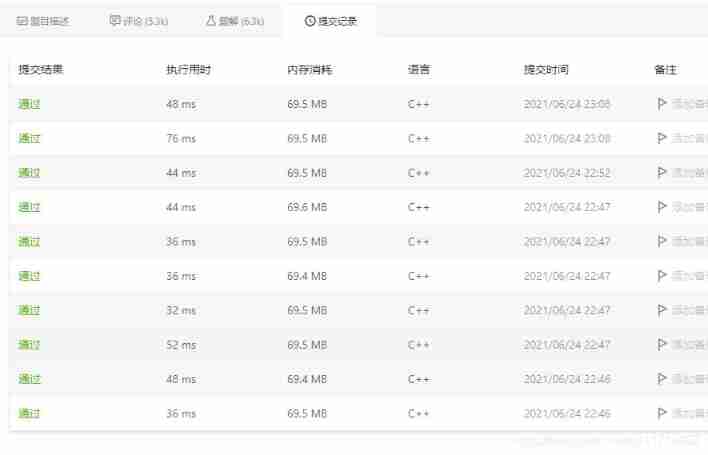
LeetCode2_ Add two numbers
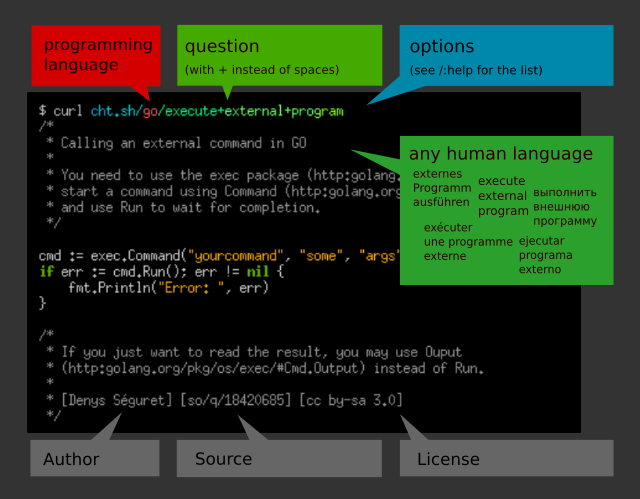
A wave of open source notebooks is coming
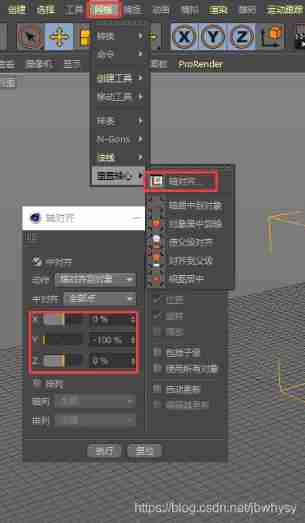
Three. JS introductory learning notes 05: external model import -c4d into JSON file for web pages
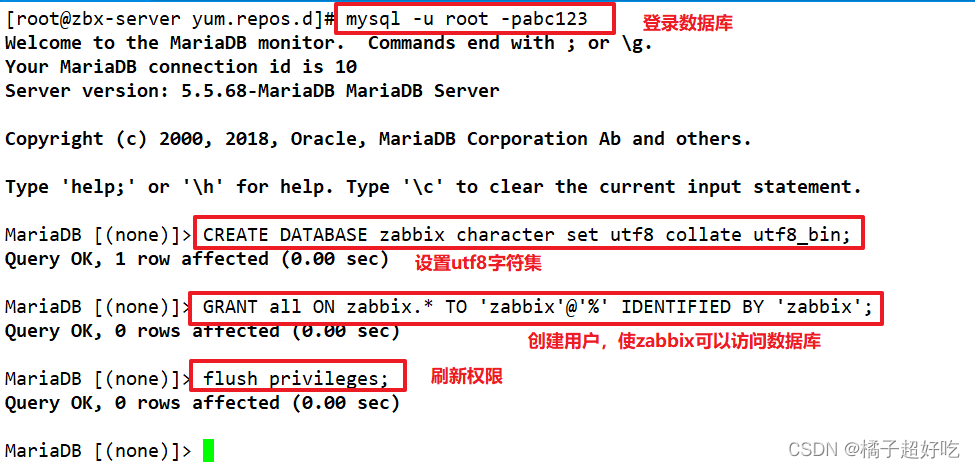
分步式监控平台zabbix

尤雨溪,来了!
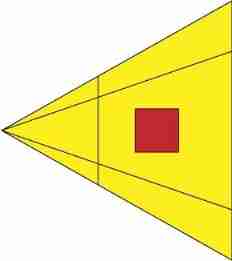
Three. JS introductory learning notes 03: perspective projection camera

2022第四届中国(济南)国际智慧养老产业展览会,山东老博会

Cocos uses custom material to display problems
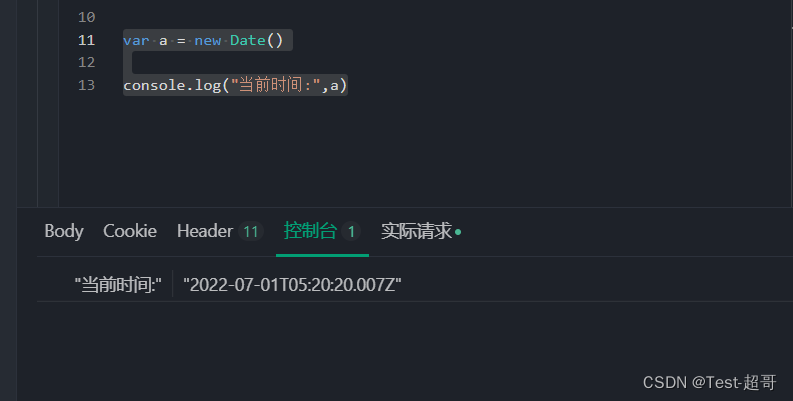
postman生成时间戳,未来时间戳
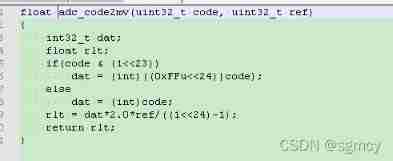
unnamed prototyped parameters not allowed when body is present
随机推荐
C4D learning notes 2- animation - timeline and time function
Apache Doris刚“毕业”:为什么应关注这种SQL数据仓库?
Particle effect for ugui
Unity drawing plug-in = = [support the update of the original atlas]
Webcodecs parameter settings -avc1.42e01e meaning
121. 买卖股票的最佳时机
[excelexport], Excel to Lua, JSON, XML development tool
Three singleton modes of unity (hungry man, lazy man, monobehavior)
Regular expression string
Three. JS introductory learning notes 10:three JS grid
Clang compile link ffmpeg FAQ
招标公告:福建省农村信用社联合社数据库审计系统采购项目(重新招标)
TCP framework___ Unity
./ Functions of configure, make and make install
Excessive dependence on subsidies, difficult collection of key customers, and how strong is the potential to reach the dream of "the first share of domestic databases"?
Cut ffmpeg as needed, and use emscripten to compile and run
招标公告:2022年云南联通gbase数据库维保公开比选项目(第二次)比选公告
Numpy --- basic learning notes
Wireless sensor networks -- ZigBee and 6LoWPAN
There are many ways to realize the pause function in JS